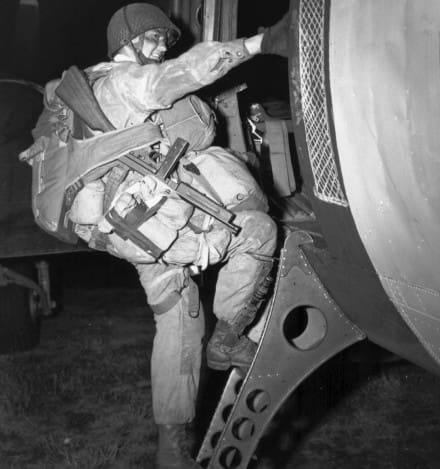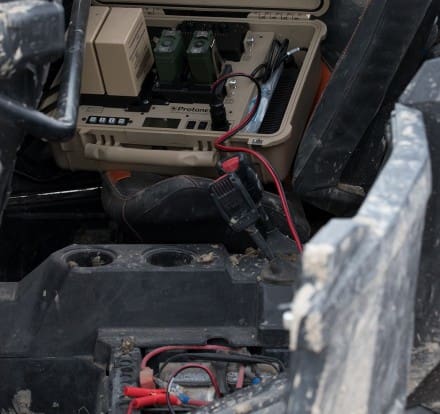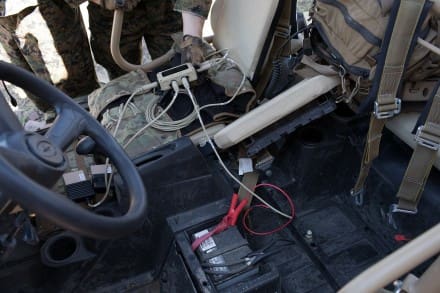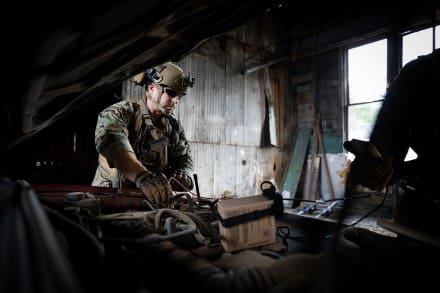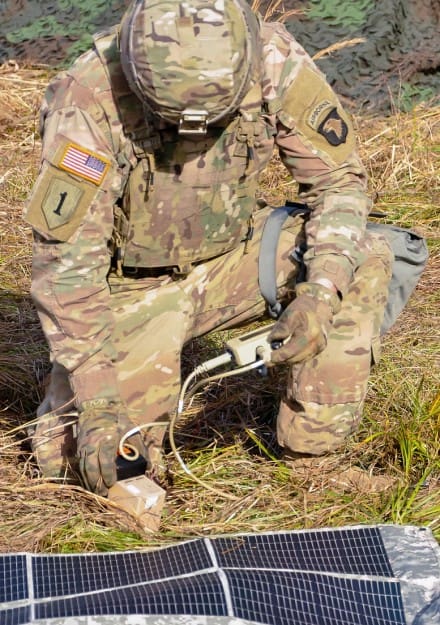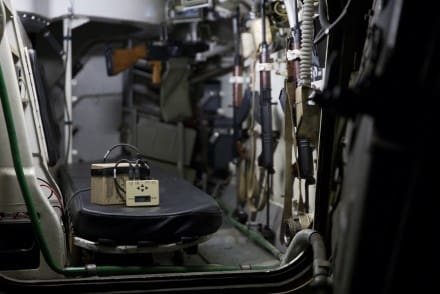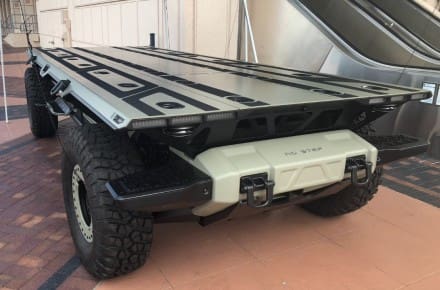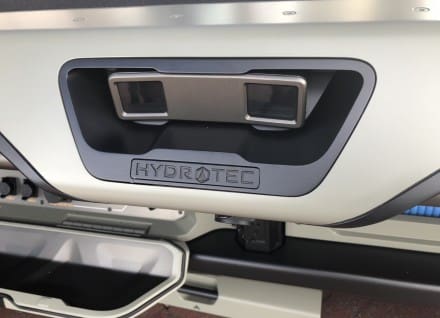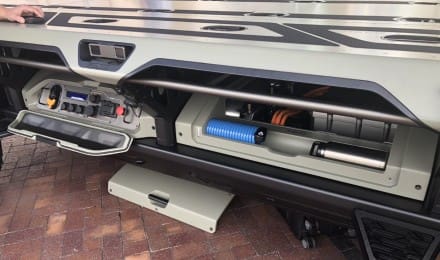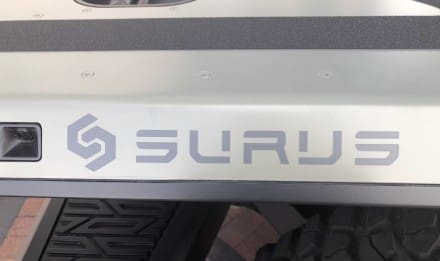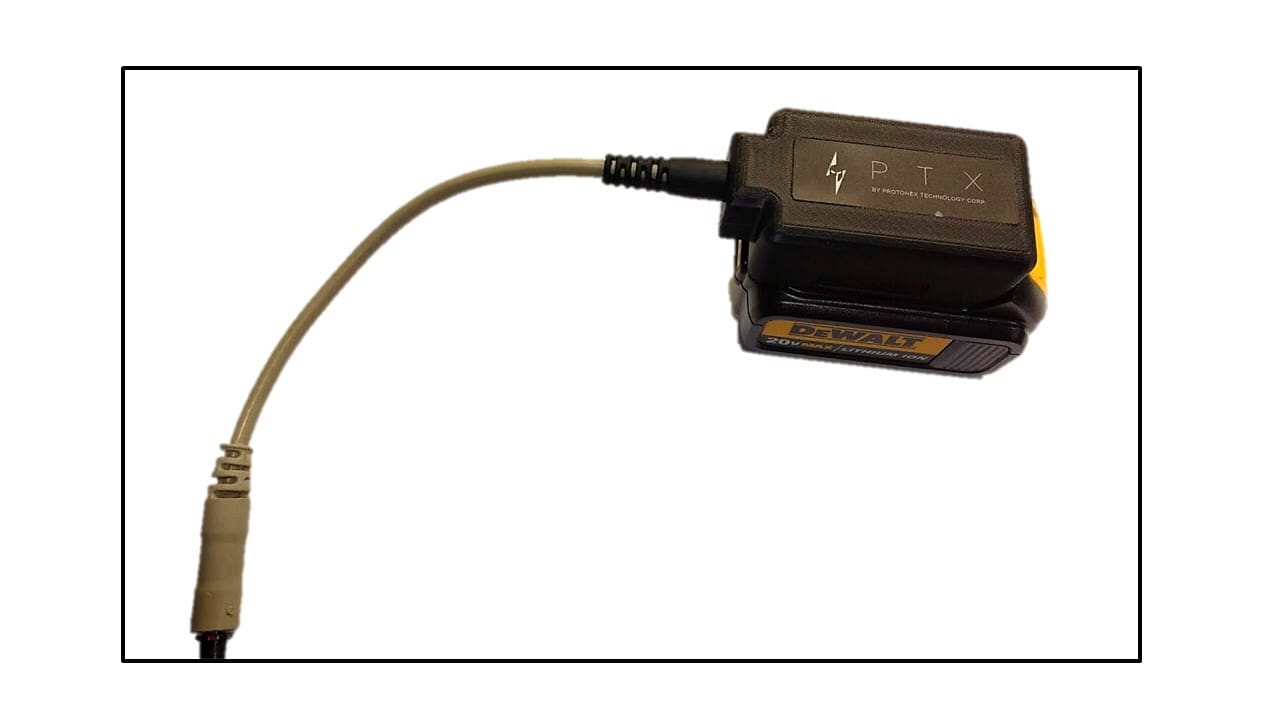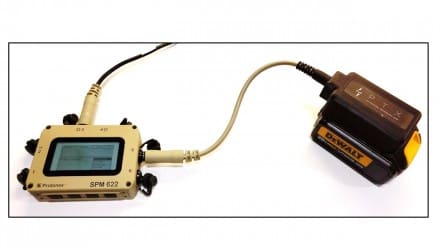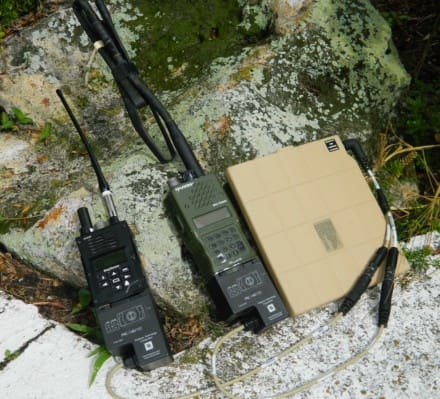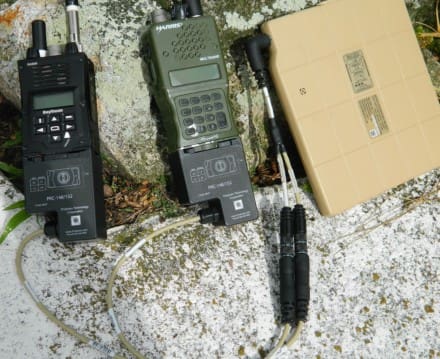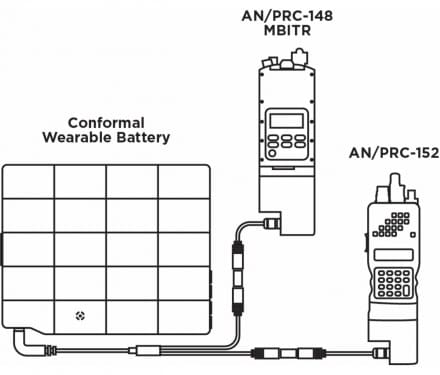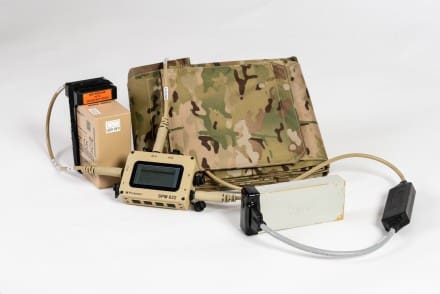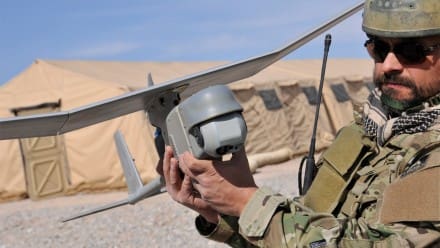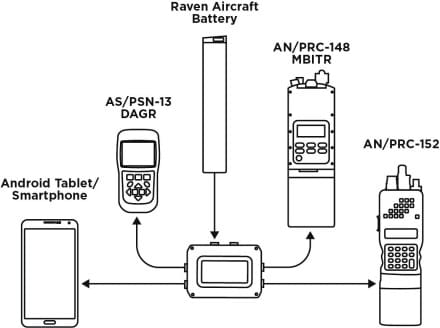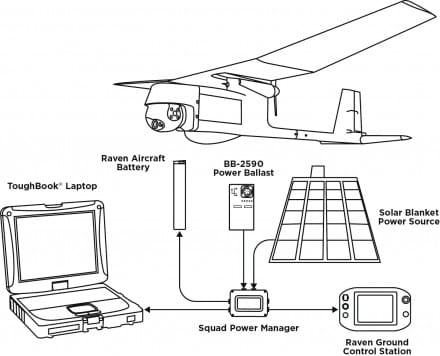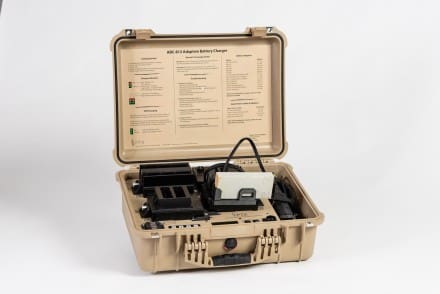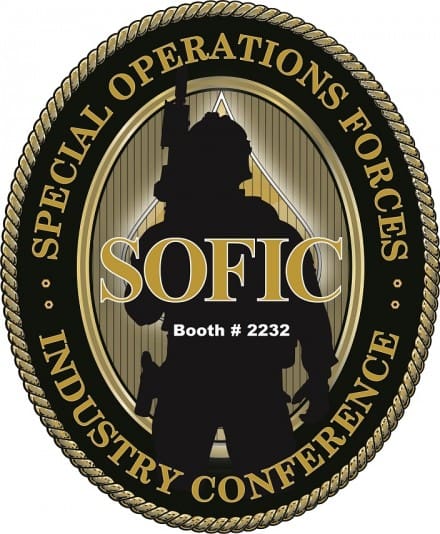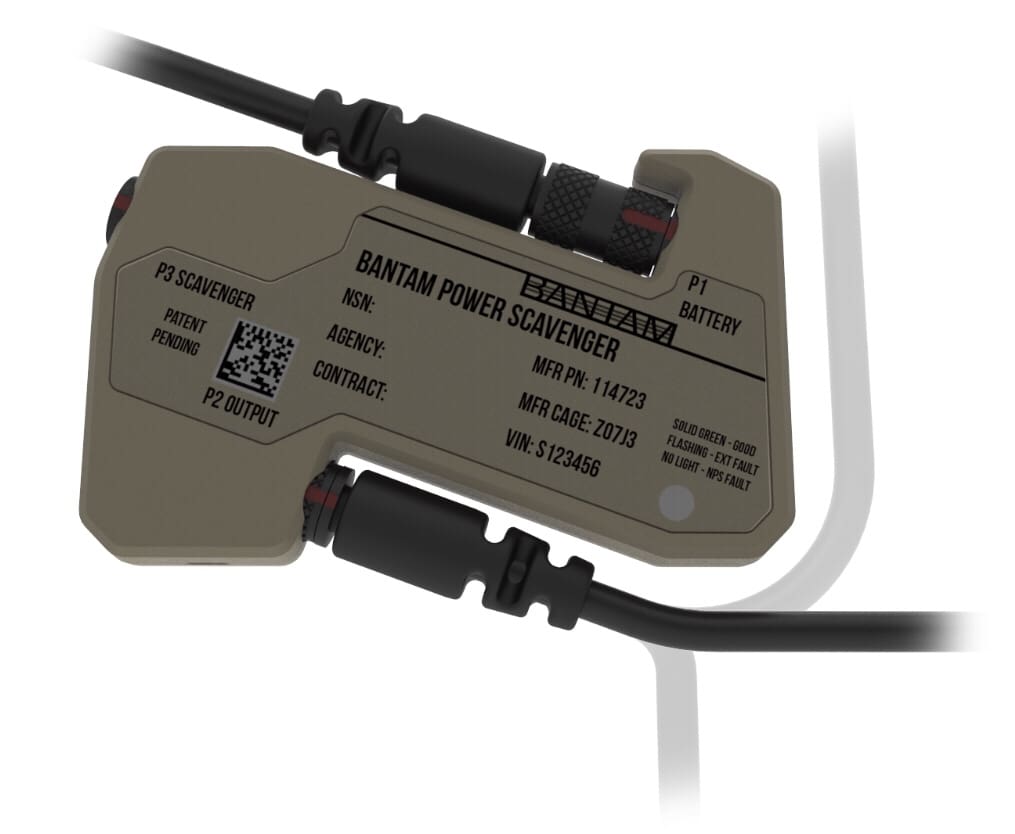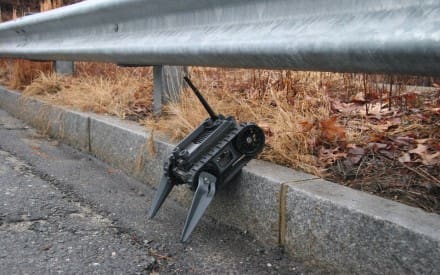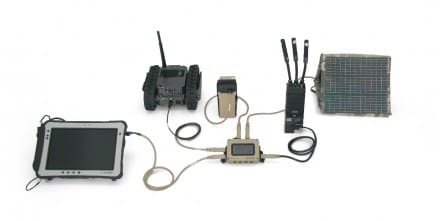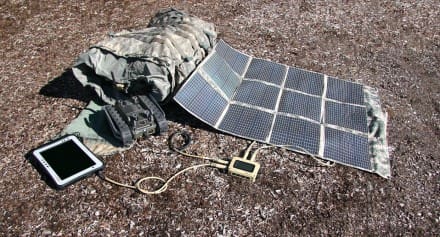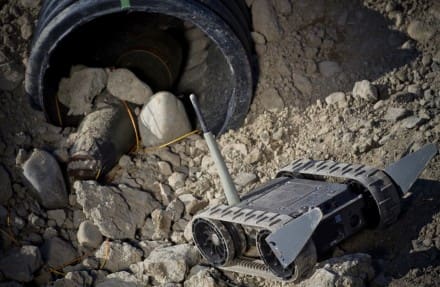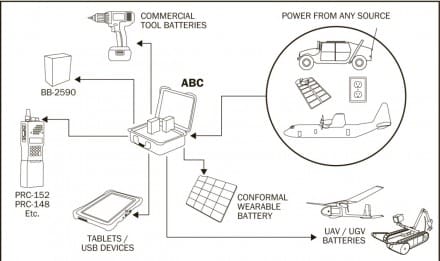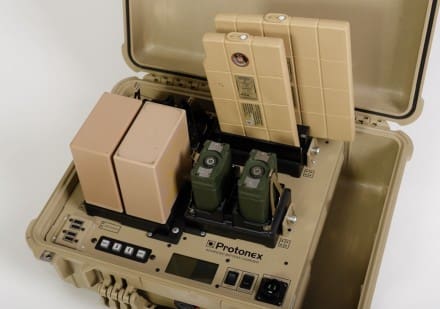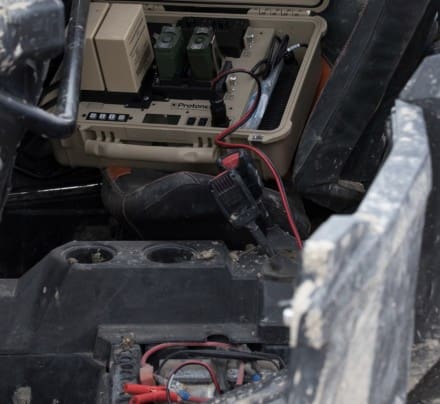Seventy-four years ago the province of Normandy France erupted as the greatest airborne, amphibious, and special operations campaign in history was launched. Heavily-armed, and carrying as much ammo as they could stand up with, “Little Groups of Paratroopers” (and Commandos) swarmed over the beaches and countryside. Taking out lines of communication and holding strategic locations, they spread the “fog of war” and created havoc and confusion behind enemy lines – tying down enemy armored units that otherwise could have succeeded in pushing the invasion back into the English Channel. The ultimate victory they ensured came at a heavy price, and with a fair amount of havoc and confusion on the friendly side as well.
Fast forward to the conflicts of today and we have made great strides in developing technologies that penetrate The Fog of War. But this capability has also come with the added weight penalty of lots of batteries – what we call ‘The Battery Burden’.
Finding ways to reduce the number, variety, and weight of batteries that troops have to carry has been a multi-faceted effort across different Services and industry partners. Replacing non-rechargeable batteries with rechargeable ones has helped; replacing heavy, bulky standard batteries with slimmer, lighter, flexible Conformal Batteries has helped; and replacing up to 35 pounds of battery weight with a couple of pounds of Power Management Kit has helped tremendously as well.
An SPM-622 Squad Power Manager and a few cables is like having a multi-tool for power in your rucksack. With such a system, troops can “scavenge” power from vehicle batteries or power-out ports and from solar panels or blankets to recharge their batteries anywhere. Our rugged ABC-812 Adaptive Battery Charger and pocket-sized VPM-402 Vest Power Manager also have a scavenger mode as well. Having this power-scavenger ability gives small units flexibility, logistical independence, and increased operational effectiveness.
The PTX range of vehicle power scavenging solutions include the following:
• NATO Slave Connector – 12V to 33.5V at 10A charge and discharge
• ‘Cigarette Plug’ – 10V to 14.4V at 5A charge and discharge
• Alligator battery clips – 6V to 55V at 20A discharge
An important fail-safe measure is also pre-programmed into the system – when scavenging power from a vehicle battery with the engine switched off, the system monitors the battery’s state of charge and will automatically shut off before it’s drained beyond its capacity to restart the vehicle.
For further information about our full range of power management solutions, visit www.PTXnomad.com or contact the Team.Room@Protonex.com – and see us next week at Eurosatory with our French allies PROCOMM-MMC, on booth B697 in Hall 5A.


